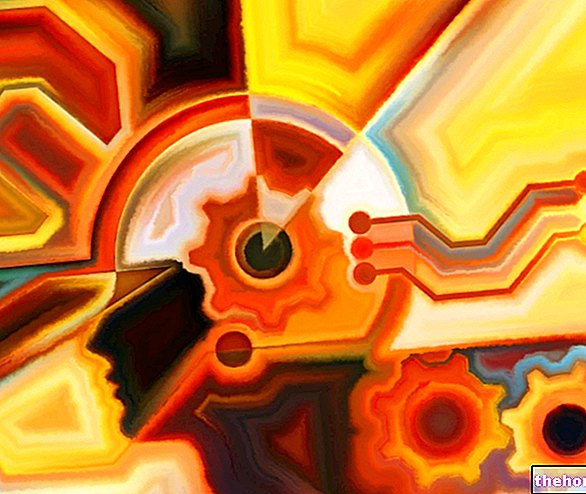The term insomnia comes from the Latin insomnia and literally means "lack of dreams". In common parlance it indicates an "insufficient duration of sleep, but in the clinical definition the insufficient duration and reduced continuity of sleep - which can also be objectively measured through specific tests called polysomnographies - must also be associated with a subjectivity of poor refreshment deriving from the night sleep. This means that an individual is insomniac not only if he sleeps a few hours but if from these few hours he does not get adequate refreshment to maintain his social and working functionality during the day.
Insomnia is very rarely a primary pathology of sleep, but it is often the consequence of various psychological or physical pathological conditions, or the result of bad habits regarding nutrition, physical activity and the rhythms of life in general (Sudhansu Chokroverty ., 2000).It is not necessary in these situations to perform polysomnographic examinations which must always be preceded by a clinical evaluation by a sleep medicine specialist. When performing instrumental examinations in a patient who reports insomnia, a prolonged sleep time, a higher number of awakenings, or a very early awakening in the morning are usually observed. (Bergonzi P. et Al., 1992; Ferri R., 1996).
The temporal distribution of the greatest difficulty with sleep is the one that defines the type of insomnia:
- We speak of initial insomnia when the prevailing difficulty is about falling asleep in the evening;
- Of intermediate insomnia when waking up in the middle of the night followed by difficulty in returning to sleep prevails;
- Of terminal insomnia when instead there is a very early awakening followed by the inability to go back to sleep.
In insomniacs, the percentage of sleep spent in stage 4, i.e. in the deepest and most restful stage of sleep, is generally reduced which, together with the decrease in REM sleep, determine an increase in the less deep stages of sleep, i.e. stage 1 and, again moreover, stage 2. (Ferri R, Alicata F., 1995; G. Coccagna., 2000).
As mentioned above, the "starting clinical framework by an expert is essential both to avoid inadequate therapies and which can lead to side effects and drug dependencies without substantial benefit, and because the specialist can detect symptoms and signs that are fundamental to address suspicion of diagnosis and therefore to plan any subsequent instrumental investigations. Insomniacs are not a homogeneous population either as regards the causes of the disorder, nor as regards the manifestations, nor consequently as regards the therapy (G. Coccagna ., 2000; Sudhansu Chokroverty., 2000) (Mancia M., 1996; C. Barbui., 1998).
An "important diagnosis to be made in front of a patient with difficulty in falling asleep, sometimes even in those with infrahypnic awakenings, is that of restless legs syndrome, a disorder characterized by the appearance of a prevalent discomfort in the limbs when lying down in bed. which is relieved only by movement, thus making it difficult to fall asleep or go back to sleep after awakening in the middle of the night.
We can divide insomnia into:
- Psychophysiological insomnia;
- Insomnia associated with psychiatric disorders;
- Insomnia associated with the use of drugs, drugs and alcohol;
- Insomnia associated with sleep-induced breathing disorders;
- Insomnia associated with nocturnal myoclonus and restless legs syndrome;
- Insomnia associated with diseases, intoxications and unfavorable environmental conditions;
- Infancy-onset insomnia;
- Insomnia associated with unusual polysomnographic pictures;
- Pseudoinsomnia: the short dorms;
- Subjective insomnia without corresponding polysomnographic findings.
In many cases, insomnia evolves parallel to the condition that triggered it and can be transient, recurrent or long-lasting (G. Coccagna., 2000).
In many cases it becomes a chronic disorder regardless of the conditions that caused its onset or even without it being possible to identify obvious causal elements. Once it is established, insomnia can significantly change the quality of life of the subject who suffers and can have important family and social repercussions that can sometimes perpetuate the disorder itself. As with any chronic disease, even for insomnia it is therefore incorrect to take into consideration only the disease and to attribute all the symptoms to the factors that triggered it. When an insomnia becomes chronic, a complex interaction of factors is at stake that go beyond those originally responsible for the disorder, which must therefore be correctly identified, analyzed and addressed from a therapeutic pharmacological and non-pharmacological point of view (Lungaresi E., 2005 ; G. Coccagna., 2000; Sudhansu Chokroverty., 2000).
Next: Hypersomnia: what they are and how they manifest themselves





























